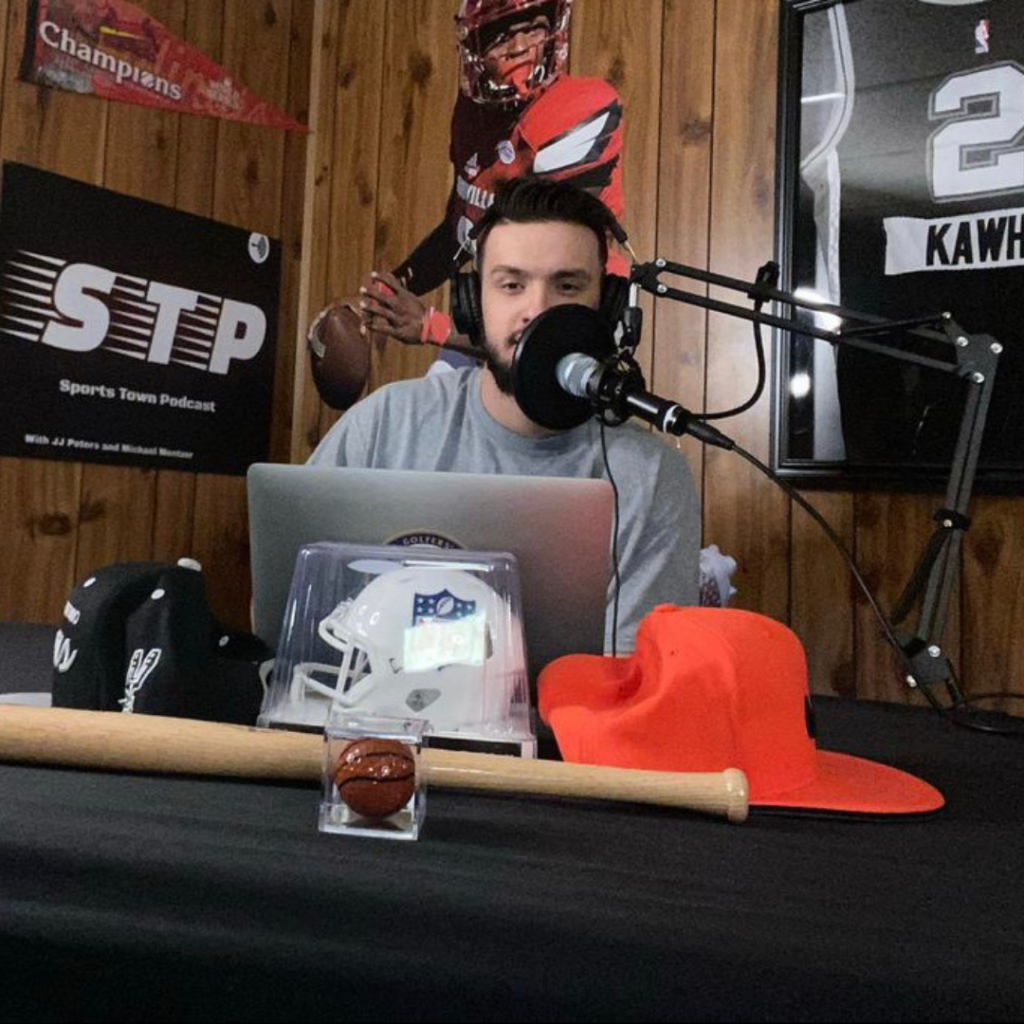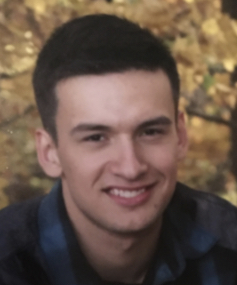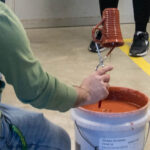
CONTRIBUTED: Starting a podcast is a fun experience for anyone who wants to try. Anybody can create one but being consistent is one of the most challenging aspects of podcasting. However, if you persevere, enjoy what you are doing, and put effort into your content, it could turn out to be a fun hobby. There are several steps to starting a podcast.
- Find a topic that you want to talk about.
For example, I enjoy sports which is the focus of my podcast. If you like to cook, then have your podcast be about cooking.
- Get a microphone.
After choosing the focus of your podcast, you will need a good microphone. I use a Shure MV7 which is great microphone but expensive. For something cheaper than $200 dollars, check out what’s available on Amazon. The Shure SM7B Cardioid Dynamic Microphone can be found on Amazon.
- Get headphones.
Headphones are very important. Prices vary depending on the quality. The SENNHEISER HD280PRO are the headphones that Joe Rogan uses and can be found on Amazon. They are a good price for the great quality that they provide.
- Get a hosting site.
The URL and the RSS feed are important for a podcast. You can’t start a podcast without either. There is a plethora of sites to host your podcast. If you are just starting out, I would advise using Anchor.fm. It is free and you can make money through your podcast with no minimum listenership. For a better hosting site, use Buzzsprout, Pod bean, Spreaker, Simple cast, PodcastOne, or Soundcloud. They are paid sites, but they are a lot better than Anchor.fm.
- Use a computer or Laptop.
It is best to use your laptop when recording a podcast. The best laptops for recording are the Apple MacBooks, the HP Surface, an Aser laptop, or the Dell XPS. There are others, but those are the best for podcasting. For video podcasts, you will probably need a computer as well to edit your videos. The iMac Retina is great for editing videos.
- Get podcasting software.
If you have a podcast that’s just audio, I would suggest using Pro Tools, Adobe Audition, Descript, Audacity, and Garage Band. For video, you can use iMovie, Movavi Video Editor, Adobe Pro, and many others. I personally use Movavi Video Editor for my videos.
- Make sure you have a quiet room.
Sound is incredibly important for your podcast. If you are in a room that’s loud, your podcast won’t sound good at all.
- Get sound panels.
These will help make you room quieter, allowing your listeners to better hear your voice.
- Get a quality camera.
If you are recording videos for you podcast, you will need a quality camera. I use the Cannon Rebel t7, which is available on the Canon website. You can also use the camera on your phone if you have nothing else.
- Get an audio interface, mixer, or a Zoom Pod track.
These are important for your audio, especially if you have more than one host. To improve your podcast even more, consider a green screen, studio monitors, flat computer, tripod, microphone stand, pop filter, and/or a shock mount.

Categories: Art & Life, Contributed










